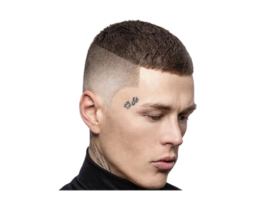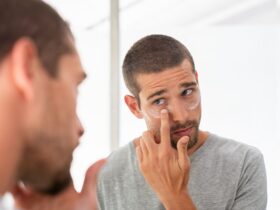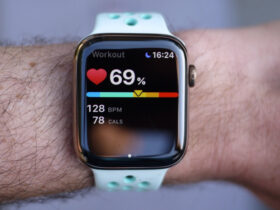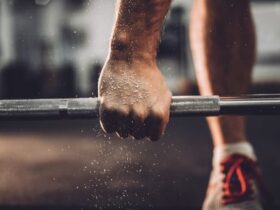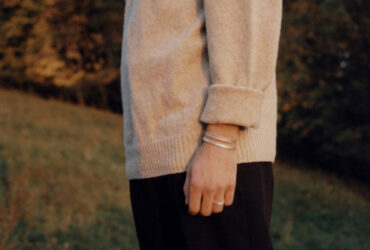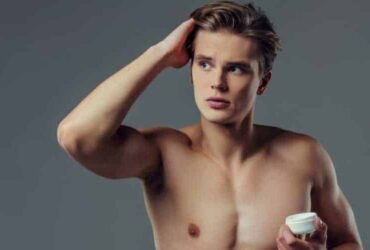Each era has its own definition hairstyles. In the 1950s, pompadours quickly advanced to the 1960s and 1970s and long hair was the king, the supreme state. But what today? Which male haircut would define the turning point? If we were to guess, we’d say lighter.
Lost is around decades. But their popularity has grown exponentially over the last 10 years or so. Their sharp, crisp, manicured look expresses the epoch of the male style of the 2010s. And as we move into the 2020s, change soon seems to be set. See about Hair Wax For Men.
But despite their widespread popularity, there is a level of confusion around fades and exactly what it is. Below, we will address some of the most common questions and our goal to break them down. These are the most significant variations of the much-loved contemporary trim.
What Is A Fade?
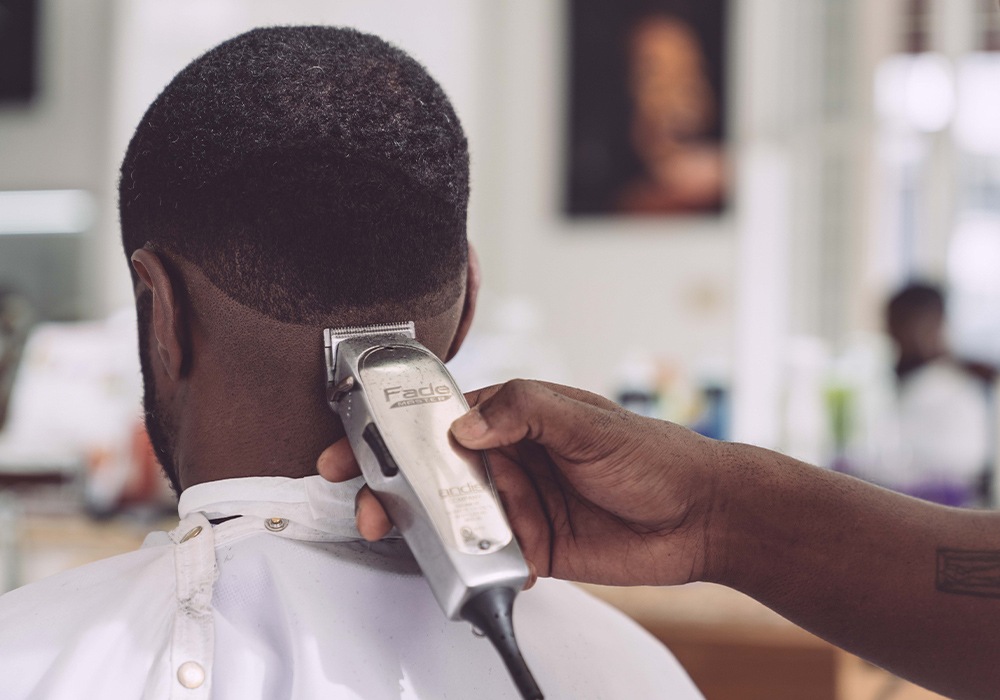
A pale is pretty much exactly what it sounds like. Term refers to a style of haircut where short lengths are mixed together with short hair scissors. This results in a lighter look at the bottom (which is the least hair). Dark until next (where is the hair now).
Much of the confusion around the fades comes from the fact that the fade-in itself is not a hairstyle, so to speak. What it really is is a factor that can be incorporated into different cuts. For example, all the other sailors except you could be cut and pale, or the French crop and pale. What you can’t do is just pale on its own. The term only refers to the hair at the back side of the head.
The lighter classic is the natural evolution of the short back and sides. He achieves the same end goal by keeping things neat and tidy. Now the hair is graduated but adds a little purity and contemporary pizzazz.
Is A Fade Right For Me?
Before you jump into the barber chair and start walking, there are a few things to bear in mind. First, is it actually the best option for you?
Although it is small, a lighter is actually a very high maintenance style in terms of how often you will need to visit the barber. It’ll grow out quickly, and frequent touch-ups will keep it looking its best. If you are looking for something that is cheap and easy to manage, it may not be the right option.
Another thing to take into account is the face shape. Of course, a lot of this is how you have to wear hair on. But in general, speaking works best with fades, round oval, square, or heart-shaped faces. If yours is no longer the slimmer side, it would be wise to choose something that offers a little more. More volume on the sides balances out your proportions. This if you and still you decide to go a lighter. Choose a style that puts hair on and does not create too much extra height.
Rather, a lighter is a great versatile player as so many different hairstyles can be matched. You can bend it as per your need and it will always neater, cleaner any cut look. And more contemporary.
Key Types Of Fades
Fade is an umbrella term that includes some different variations. Before you ask your barber for one, it lets you know what the differences are. Here you can break some of the common types of fades available.
Skin Fade

Skin Fade is a great option for those who want to keep their hair short. It starts shaving hair almost completely down the skin around the top of the neck and ears. As the work slowly slides upwards towards the hair a little longer.
Taper Fade
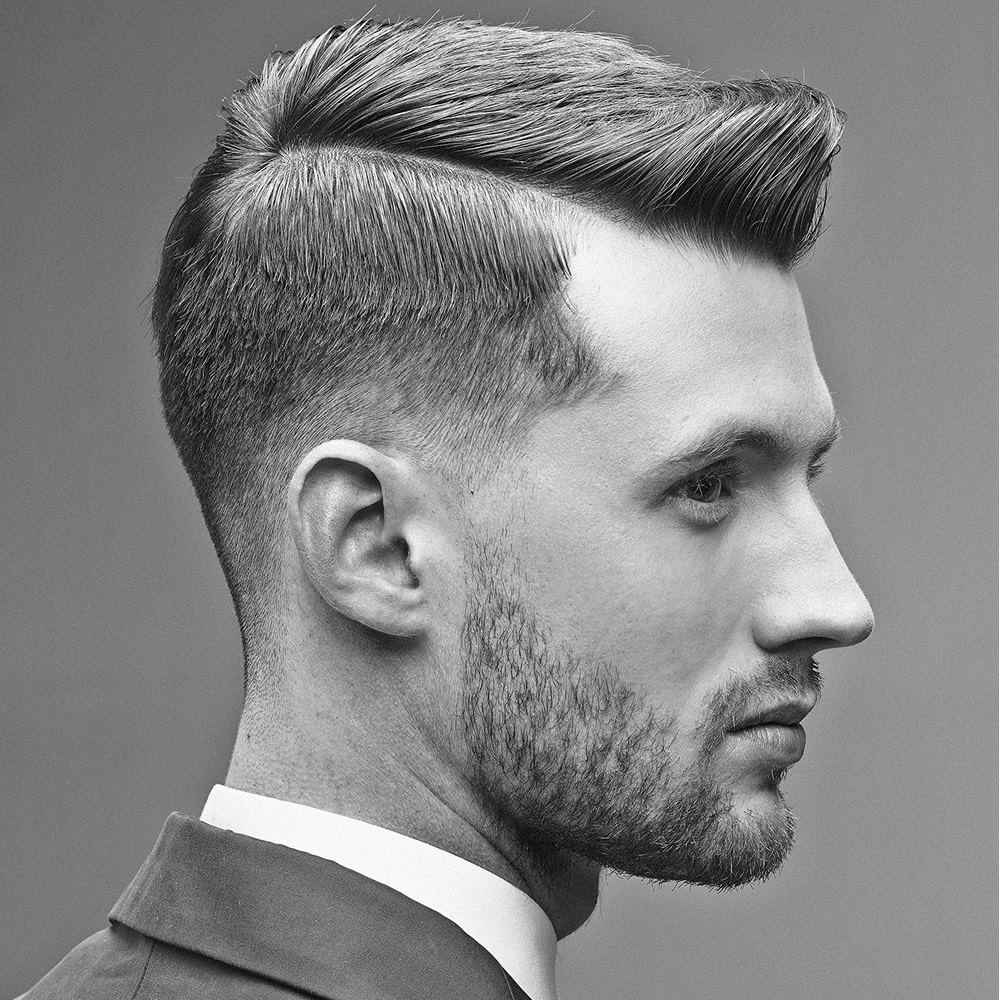
A thin candle is useful for lighter long distances and perfectly mid-length hair styles. Instead of just using scissors, start with scissors to cut a thin candle pale hair. Cut up the bottom and next to the scissors hair.
The result is a cut that blends several lengths, resulting in a tapered appearance from top to bottom.
Low Fade
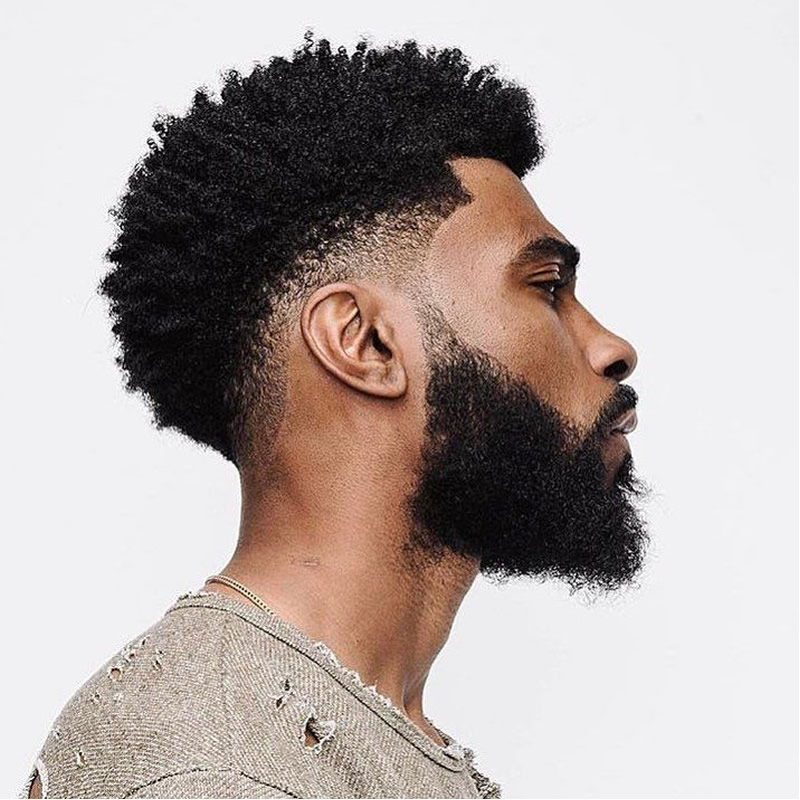
A low fade is a regular fade where the fade itself starts low on the back and just above the side ears. It is a softer take, which is a great option for those who want to try the look completely without sin.
Mid Fade
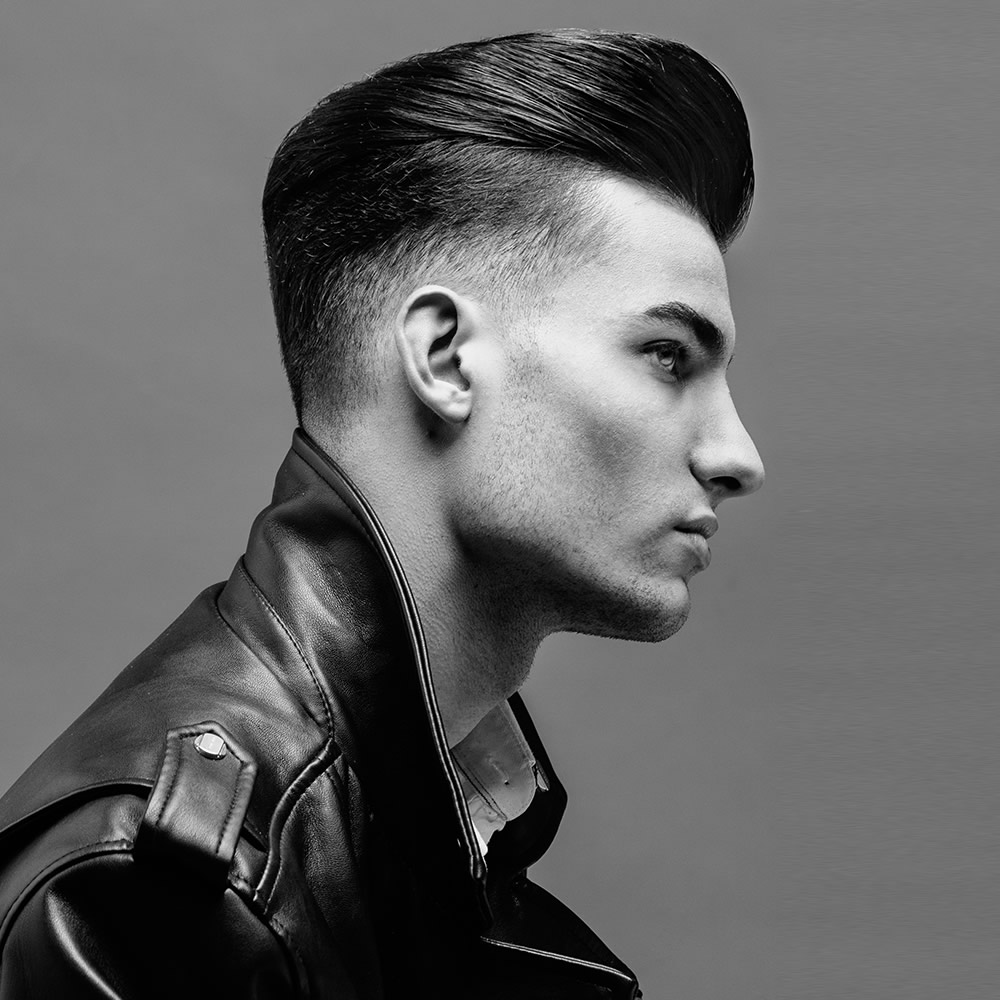
A ball Fade is your classic pale. The degree begins gradually up and up and now tapering into the hair, about half way up the back of the head and on the sides.
High Fade

You guessed it. A high pale does the same thing as the previous two but starts further on the pale head. This thin hair can be a great option for those who give it no hair on thick and total being.
Drop Fade
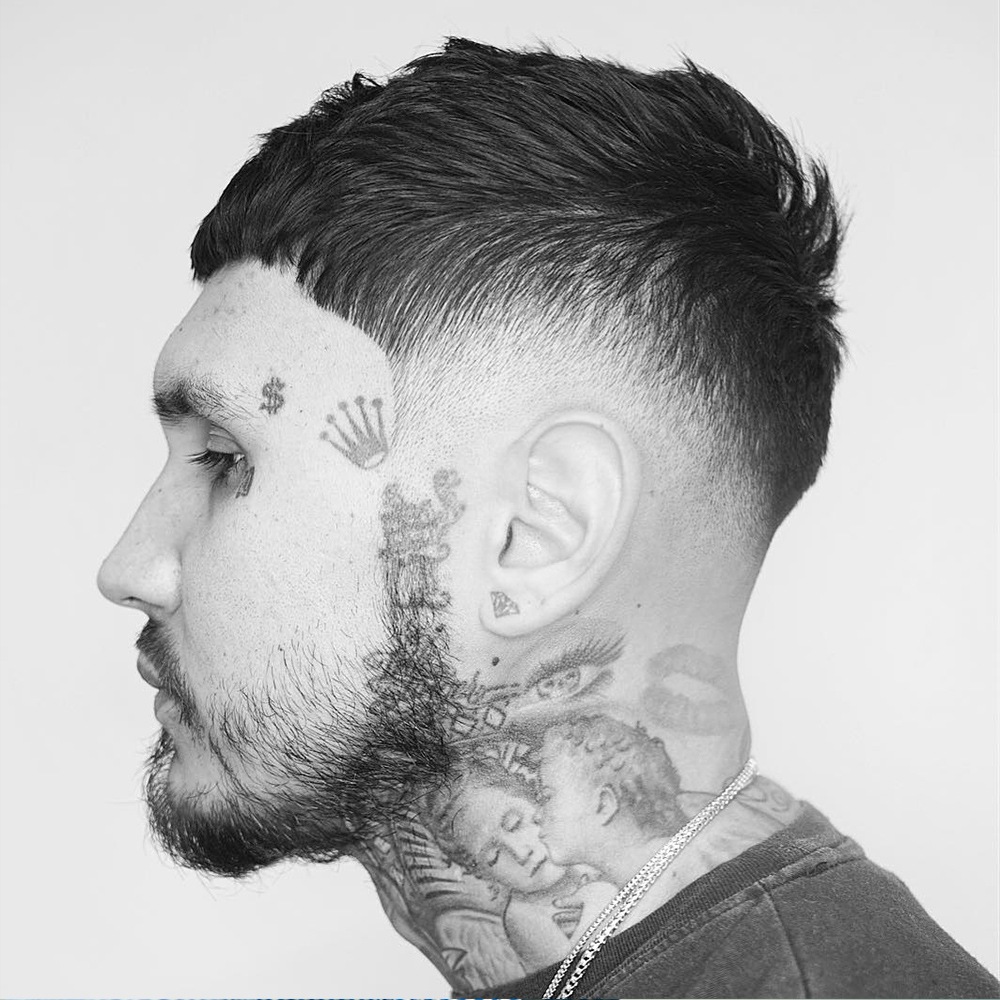
Drop pale is a less common style. Rather than following an invisible line around the back and sides of the pale head. A drop of pale drops from the sides of the back of the ears and the back of the head. This creates an arc over the ears which can look more even and natural on the back of the neck.
READ ALSO : How to choose the right haircut for your face shape
READ ALSO : How to dress well: 10 rules all men should learn
